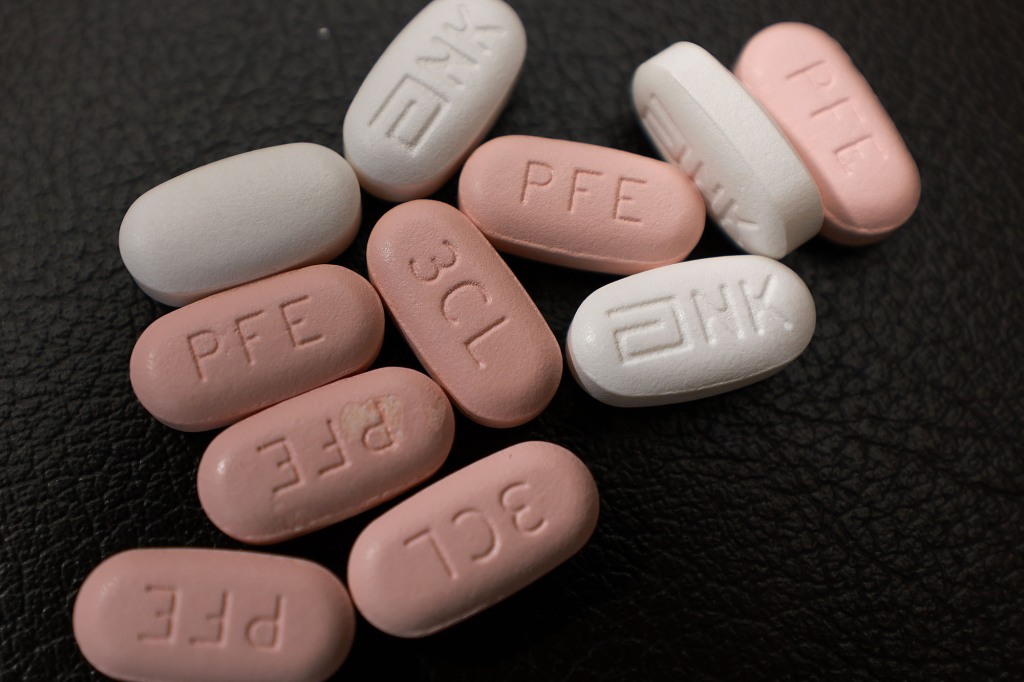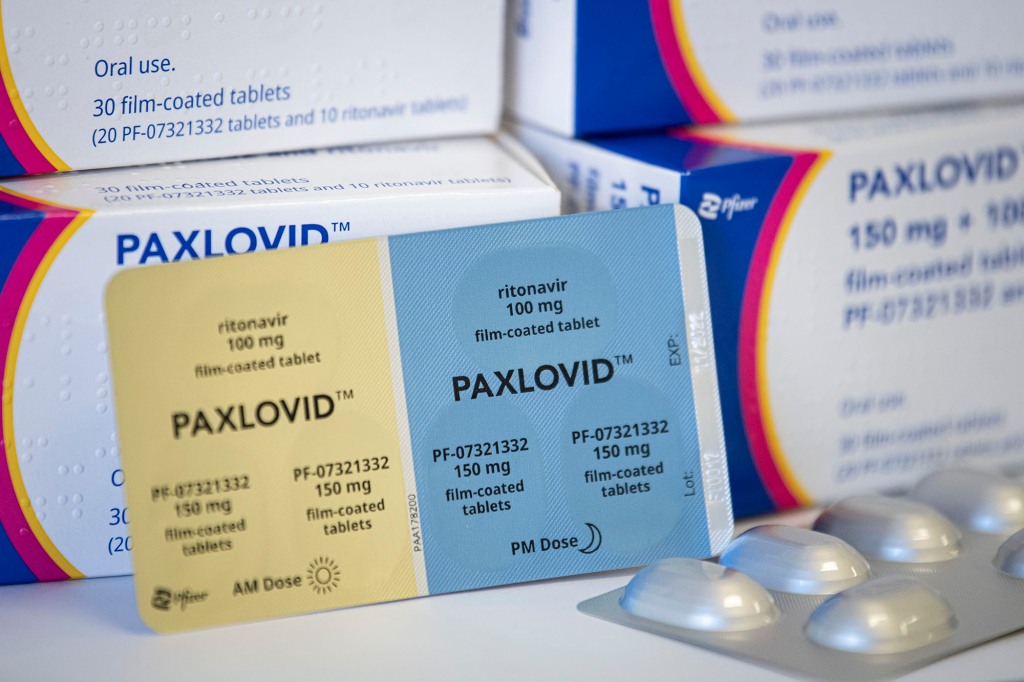What ‘Paxlovid mouth’ is and how to get rid of it
Pfizer’s go-to antiviral drug treatment, Paxlovid, is leaving a bad taste in people’s mouths. Literally.
The Pfizer antiviral medication is used to treat people infected with COVID-19 — but as some patients have noted, the drug’s nasty taste remains in your mouth for as long as you take it.
Patients who have taken the drug, which lowers the risk of a severe reaction to the deadly disease, described the unpleasant aftertaste as “a mouthful of dirty pennies and rotten soymilk” in a new Wall Street Journal report.
Luckily, many of those affected have exchanged their coping methods online, such as consuming copious amounts of cinnamon, wolfing down pineapple or chugging smoothies, all to erase the taste that just won’t quit.
Under 6% of patients have reported a case of Paxlovid mouth, according to data. Pfizer has acknowledged the side effect, called dysgeusia.
The bad aftertaste is likely thanks to ritonavir, a part of the drug that is used to boost levels of antiviral medicines, according to WSJ.
One patient, 35-year-old Lisa Crawford, told the outlet she was surfing the web in a desperate bid to find a remedy to combat the taste.
“It was like the smell that hot garbage has, but in your mouth,” she told the outlet.
After stumbling upon a Reddit thread, she saw that pineapple was a potential way out.
Crawford said she munched on pineapple every 10 to 15 minutes each day, admitting that while she may “have no tooth enamel left,” it was actually “the only thing that saved my sanity.”
But another patient, Chantal McLaughlin, couldn’t hack it.
“I actually strained my neck because the gag response was so strong,” recalled McLaughlin, who ultimately stepped away from the treatment.
Doctors urge patients who struggle with Paxlovid mouth to stay the course, or risk a COVID-19 rebound.
The therapy should only be stopped if a patient is experiencing vomiting or an allergic reaction.


“If you do not take the full course, you are adding an opportunity for the virus to hang around with less drug presence to block replication,” Yale School of Medicine infectious disease specialist, Scott Roberts, told WSJ.
Another home remedy, recommended by Dr. Roberts, is sucking on various mints and throat lozenges, while glugging down chocolate milk or eating a spoonful of peanut butter may also help, according to Shivanjali Shankaran, a doctor and infectious disease specialist at Chicago’s Rush University Medical Center.
Paxlovid cuts the risk of hospitalization and death in coronavirus patients by 89%, according to the Food and Drug Administration, who approved the therapy for use in patients 12 years old and up who have tested positive for COVID-19 and are at high risk.
Pfizer has said the drug works well against Omicron, and additional lab studies have proved that to be true. Meanwhile, a spokesperson for the pharmaceutical company said in a statement to the WSJ that they intend to create a similar treatment for those who struggle to swallow pills.
Read the full article Here


